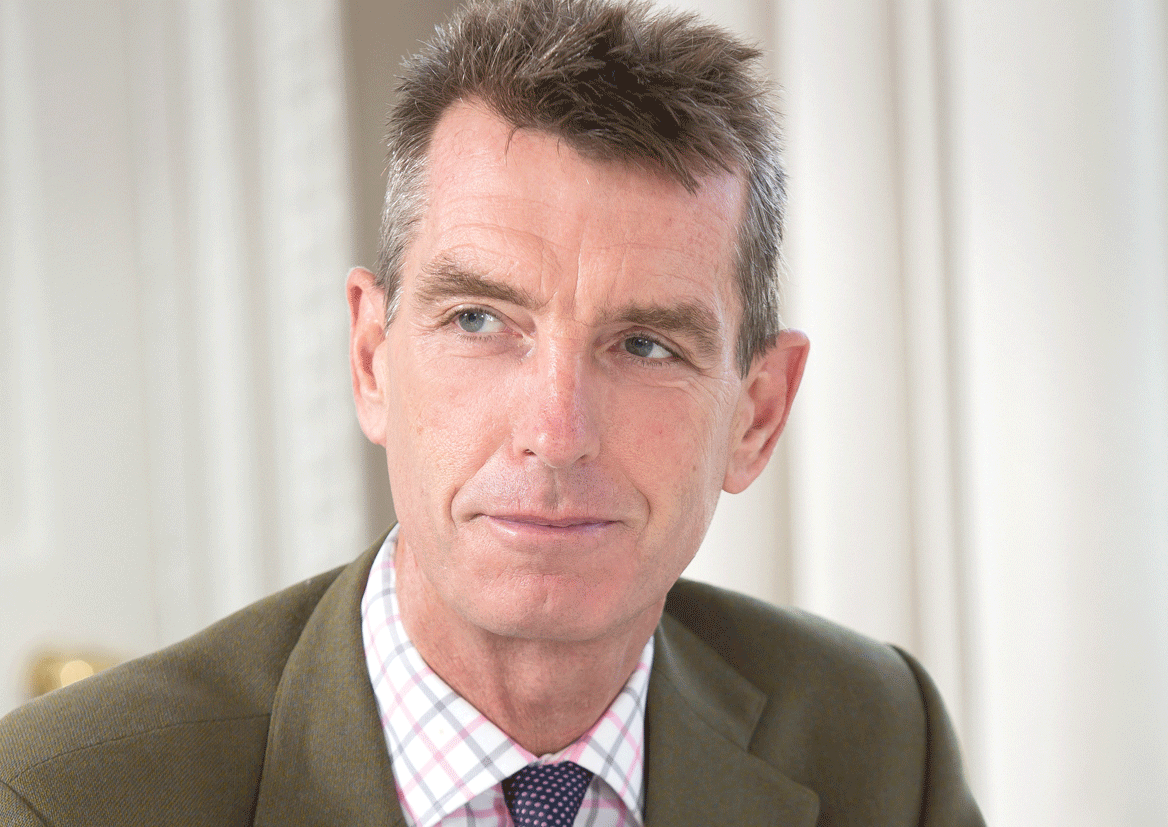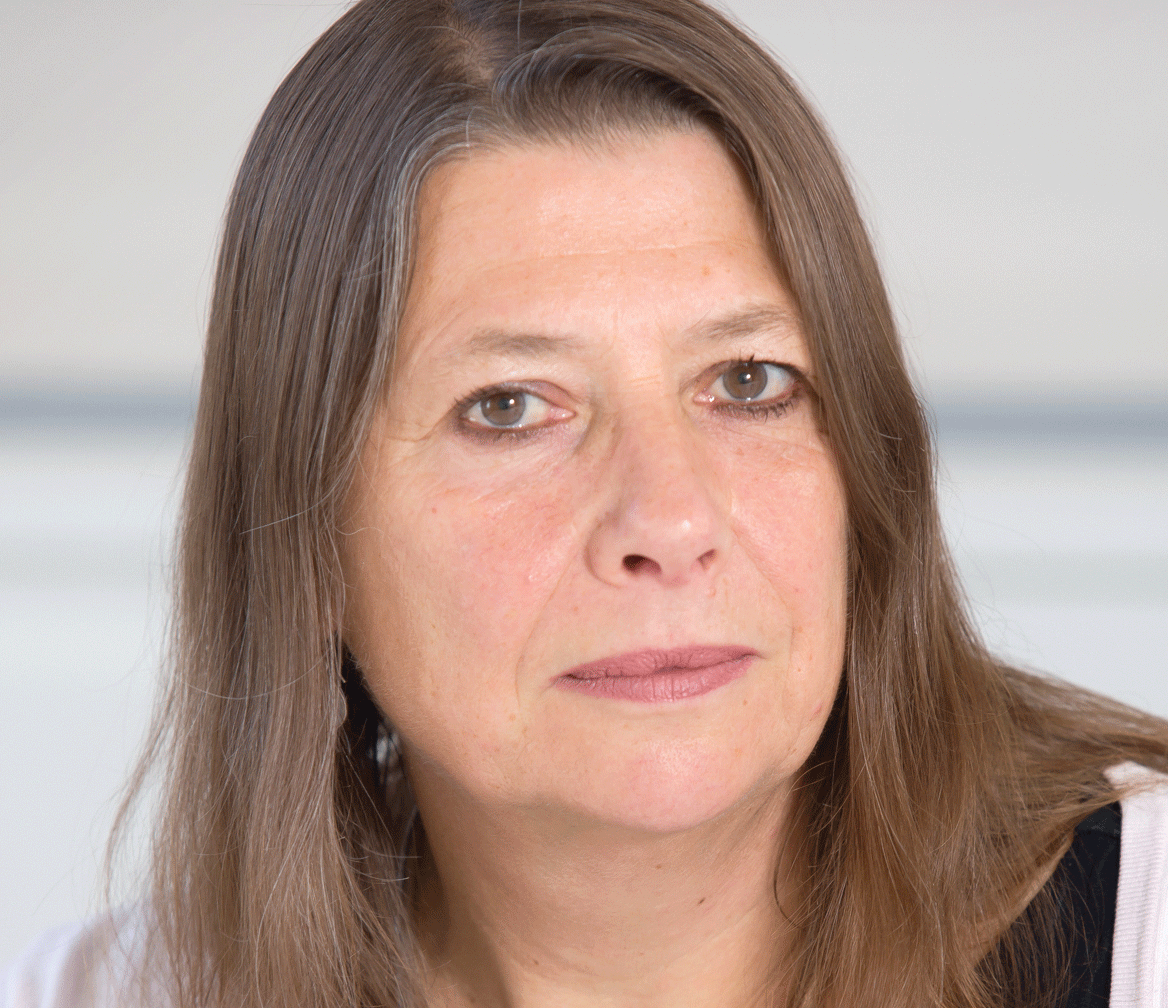Safeguarding is the action that is taken to promote the welfare of children or adults at risk and protect them from harm.

The last 18 months has been a significant period in the world of safeguarding. The Independent Inquiry into Child Sexual Abuse (IICSA) has been finding its feet (at last) and holding its first five public hearings. Football has been embroiled in over 2,000 allegations of non-recent child abuse by coaches and scouts, impacting 334 clubs. Oxfam has been confronted by its past in Haiti and Chad – and this turned out just to be the tip of the iceberg, not only within Oxfam but within the overseas aid sector as a whole. Meanwhile, closer to home, allegations spilled over from Hollywood to the West End, from Westminster to the legal profession, from UK charity shops to charity boardrooms, of sexual harassment of staff, volunteers or job applicants. In many cases the organisations concerned seemingly had failed to prevent or detect the abuse, or at worst have been accused of turning a blind eye or even covering up.

The regulatory response has been swift. In the case of the FA, it moved quickly to appoint an independent inquiry led by Clive Sheldon QC. In the case of the Charity Commission, it issued new safeguarding guidance for charities and strongly worded regulatory alerts to the sector. These made clear that safeguarding – not just of beneficiaries, but also of staff and any others who come into contact with a charity through its activities – is a key priority from which it will not shirk in taking regulatory action, including initiating statutory inquiries, where it has concerns. Indeed, two such inquiries have been commenced this year into household-name UK charities. Meanwhile funders, sponsors and donors have been taking a much closer look at organisations’ safeguarding policies and in some cases withdrawing funding or pledges. Top of the list in terms of value has been the Department for International Development (DfID) where future funding of two major UK charities will not be reinstated until DfID is satisfied that they meet the safeguarding standards expected of them. At the other end of the scale, individual donors have been cancelling or redirecting their direct debits – over 1,200 direct debit donations to Oxfam were cancelled in the first weekend following news of the aid scandal breaking.
There is only one reason for an organisation which works with or for children (or adults at risk) to have robust safeguarding practices. And no, it is not regulatory, reputational or financial risk. It is to protect these vulnerable individuals from harm – both harm which may be caused through their contact with the organisation and harm to which they may be exposed in other areas of their lives but which the organisation may learn of through contact with them. It is, however, equally true that any organisation which fails to put these safeguards in place runs a high risk of regulatory penalty, reputational damage, financial loss and, in extremis, commercial viability. Any board of such an organisation which does not have safeguarding high on its agenda is failing in its duty of care and additionally exposing the entity to potentially existential risk. It ought therefore to be near the top of GCs’ agendas too.
The risk of abuse can exist anywhere, but research indicates the risk is heightened where:
- individuals are placed in positions of power relative to the victim, and may be hard to challenge.
- those individuals are able to abuse that power for gratification by grooming or coercing a victim to engage in a form of sexual activity.
- the possibility of favour exists for co-operation and vice-versa.
- there is a fear of embarrassment or retribution for raising the alarm.
- there is a culture in which rules can be broken and rule-breakers (especially more senior ones) are not held to account.
Defeatism should not be accepted in the area of safeguarding and organisations should be aspiring to eliminate abuse. It may be an impossible outcome to achieve, but no one designs or builds a plane with the aspiration of making it 95% safe. And the answer is not as one-dimensional as introducing or refreshing a whistleblowing policy. Any safeguarding system should involve numerous layers – from a code of conduct for all staff which establishes clear boundaries, to an open culture where anyone feels able to share any concern with a manager clearly signposted to handle such concerns. There need to be safer employment practices designed to identify safeguarding concerns pre-appointment, and to record and report them transparently post-dismissal. There are also some absolute no-nos. These range from failure to report crimes to the police or refer threshold concerns about an adult working with children or adults at risk to children’s or adult services, to the use of settlement agreements with confidentiality clauses or agreed references when managing allegations against adults.
Safeguarding should not be seen as a new and lucrative legal frontier, but it is an area of risk which many lawyers are only now starting to prioritise. The answers to key issues are not all legal, which is one of the reasons we have a highly experienced former local authority designated safeguarding officer in our safeguarding unit. But there is a lot of law within safeguarding, from criminal law to civil claims, from regulatory adherence to enforcement action, from the Children Acts to the Care Act, from the law of confidentiality to the rules on statutory anonymity, from handling the most sensitive data to Gillick competence.
In a future article we will look at some of the key legal principles, legislation and statutory guidance – as well as how the regulatory landscape is changing.
David Smellie heads Farrer & Co’s safeguarding unit. Jane Foster is a member of the unit and was until recently local authority designated officer for the tri-borough (Royal Borough of Kensington and Chelsea, London Borough of Hammersmith and Fulham and City of Westminster)


























No comments yet